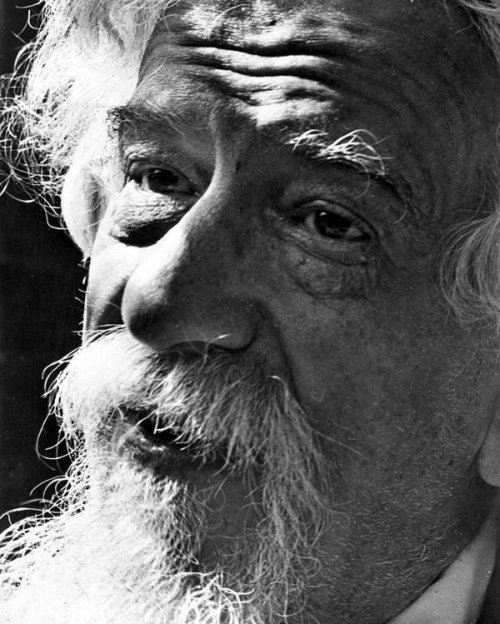You can take everything from me—the pillow from under my head, my house—but you cannot take God away from my heart.
— Nahman of Bratslav
Everything the true Hasid does or does not do mirrors his belief that, in spite of the intolerable suffering man must endure, the heartbeat of life is holy joy, and that always and everywhere, one can force a way through to that joy — provided one devotes one’s self entirely to his deed.
—Martin Buber
I confess that I am unable to discriminate among them — I love them all and, at various times, one more than the others. Much depends on my mood. Sometimes I need a Bratzlaver tale, sometimes I need a Rizhiner saying. I particularly love the modest Masters, the humble ones, those who didn’t ‘make it,’ not really; those who simply wished to be companions or disciples of great Masters and remained reserved and withdrawn…
—Elie Wiesel
A Hasid was taught to be forbearing with all the world, to be patient, mild, and gentle in judging others, to love man as well as animals, to be shy, bashful, and to avoid honors and social distinction, to serve God for the sake of God rather than for reward. Constant self-scrutiny and repentance assumed a place of prominence in Hasidic piety unknown before, with ascetic exercises as indispensable means of repentance.
—Abraham Joshua Heschel
The Hasidic rebbes made a point of preaching in Yiddish, or translating Hebrew texts into Yiddish, to printing the two versions side by side…. They acknowledged what Yiddish had always been—the vital speech of the millions, the voice of a people.
—Miriam Weinstein
By turning to Hasidism, [Martin] Buber not only reflected the contemporary revival of mystical traditions but also revolted against nineteenth-century Wissenschaft des Judentums, which tried to present Judaism as a “clean,” rational religion, free of mysticism and superstition.
—Michael Brenner
But while ostensibly opposing Nazism, Buber glorified a movement holding and actually teaching doctrines about non-Jews not unlike the Nazi doctrines about Jews…the consequences of this deception are incalculable…If we think about the many human beings who died of their wounds because Israeli army nurses, incited by Hassidic propaganda, refused to tend them, then a heavy onus for their blood lies on the head of Martin Buber….But Buber’s sentimental and deceitful romanticization has won the day, especially in the USA and Israel because it was in tune with the totalitarian admiration of anything ‘genuinely Jewish’…
—Israel Shahak
The image I have proffered of the Besht as a man who fit in with the institutions, doctrines, and practices of his time, helped to perpetuate them, yet also developed them, contrasts with the common denominator of most Besht portrayals. Whether they saw the Besht positively or negatively, as a religious or a social activist, as a near-ignoramus or a profound thinker, nearly all the standard accounts made the Besht into a religious revolutionary who established something new and virtually unprecedented — doctrinal and institutional constellations that quickly coalesced into the new Hasidic movement.
—Moshe Rosman
Yiddish will be the future language of the bulk of Diaspora Jewry because speaking it is part of the Jewish civilization of the Hasidic movement, and of the Khamsam-Soyfer’s brand of traditionalist Orthodoxy, not because of Mendele, Sholem Aleichem, Peretz, or any other Yiddishist icon.… The Hebraists think that Israeli is true Hebrew and will one day be spoken internationally by all Jews. The Yiddishists think their clubs, articles, conferences, and proclamations of love and devotion will “save Yiddish.” Meanwhile, the Hasidim, who have no interest in either position are demographically making Yiddish a major Jewish language even in Israel, and the major Jewish language internationally….As the secular revolution fades away by sheer demography, the Yiddish language is strengthened daily as the natural spoken language of the Hasidim, the prime component of the eternal religious Jewish “tree trunk” from which secular outbursts branch out from time to time (often centuries apart). It is the Hasidim, more than any other Ultraorthodox branch, who maintain their pre-Holocaust Jewish civilization intact through clothing, traditions, and Ashkenazic Jewish trilingualism.
-Dovid Katz
With the Jews, resurrection is not a miracle, but a habit.
—Isaac Bashevis Singer
Sources
Michael Brenner, The Renaissance of Jewish Culture in Weimar Germany
Martin Buber, To Hallow This Life
Abraham Joshua Heschel, The Earth Is the Lord’s: The Inner World of the Jew in Eastern Europe
Dovid Katz, Words on Fire: The Unfinished Story of Yiddish
Moshe Rosman, Founder of Hasidism:A Quest for the Historical Ba’Al Shem Tov
Israel Shahak, Jewish History, Jewish Religion: The Weight of Three Thousand Years
Miriam Weinstein, Yiddish: A Nation of Words
Elie Wiesel, Somewhere a Master: Further Hasidic Portraits and Legends
